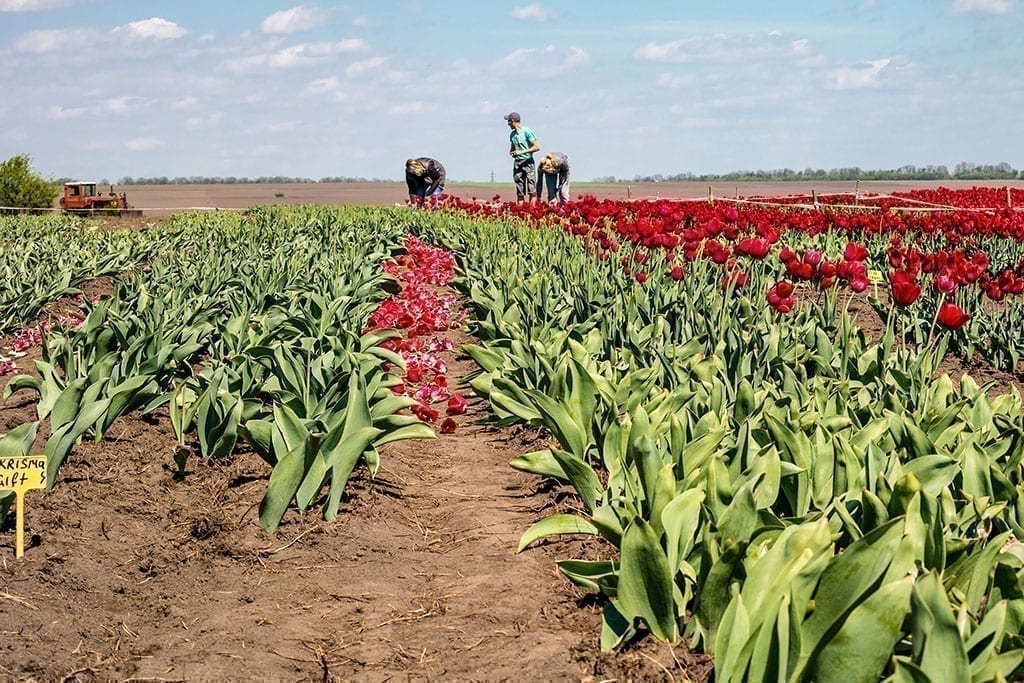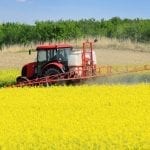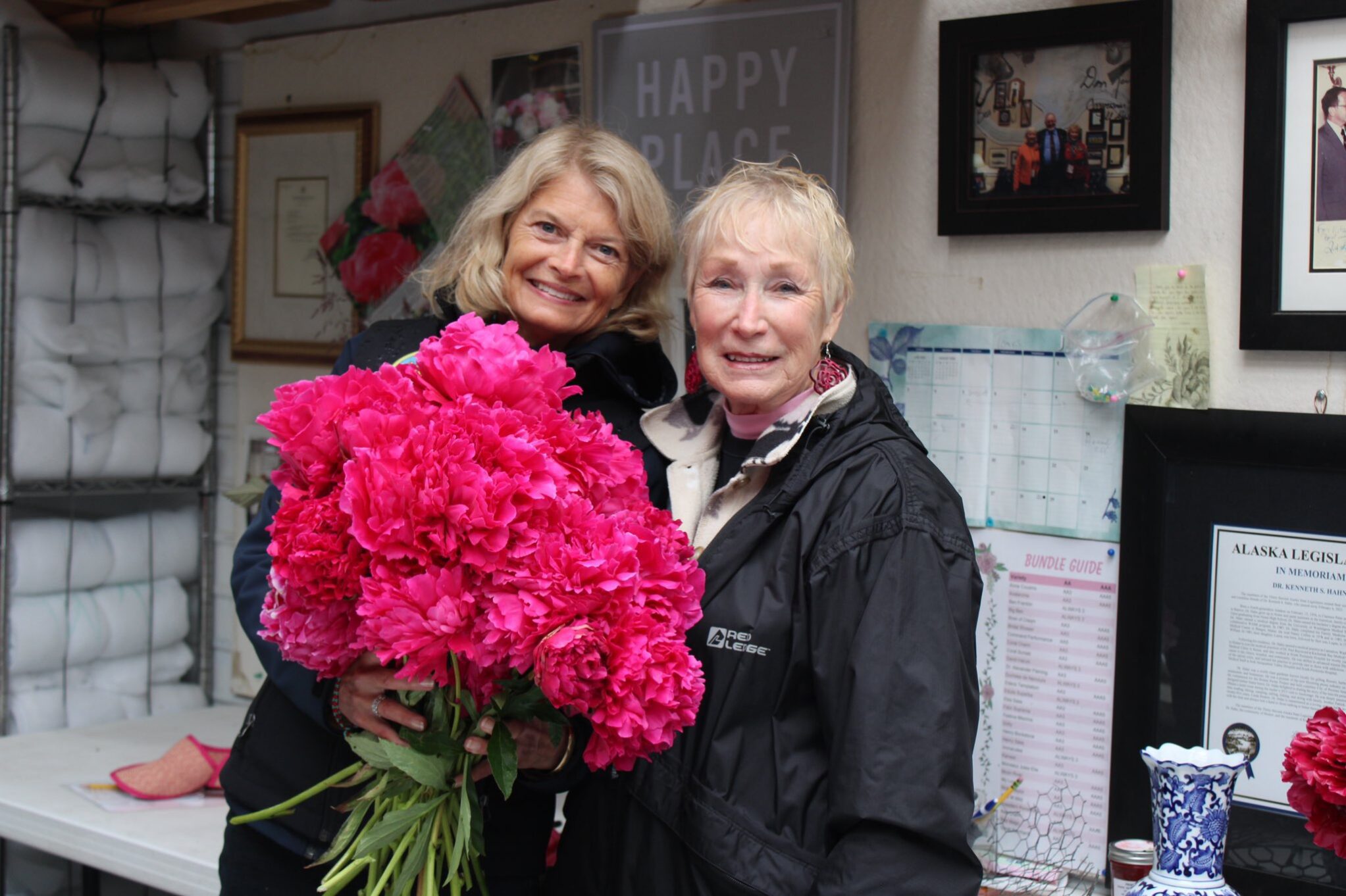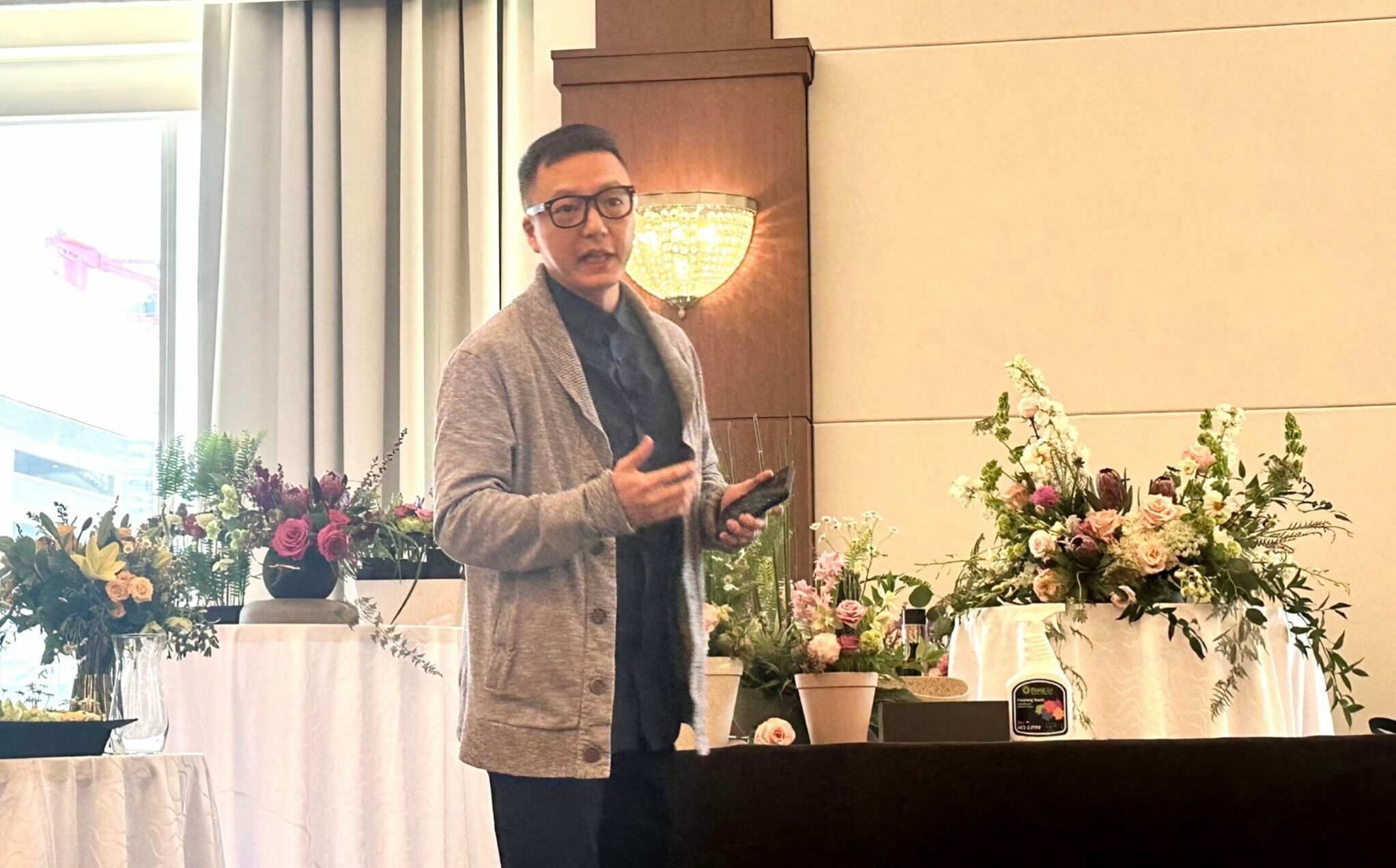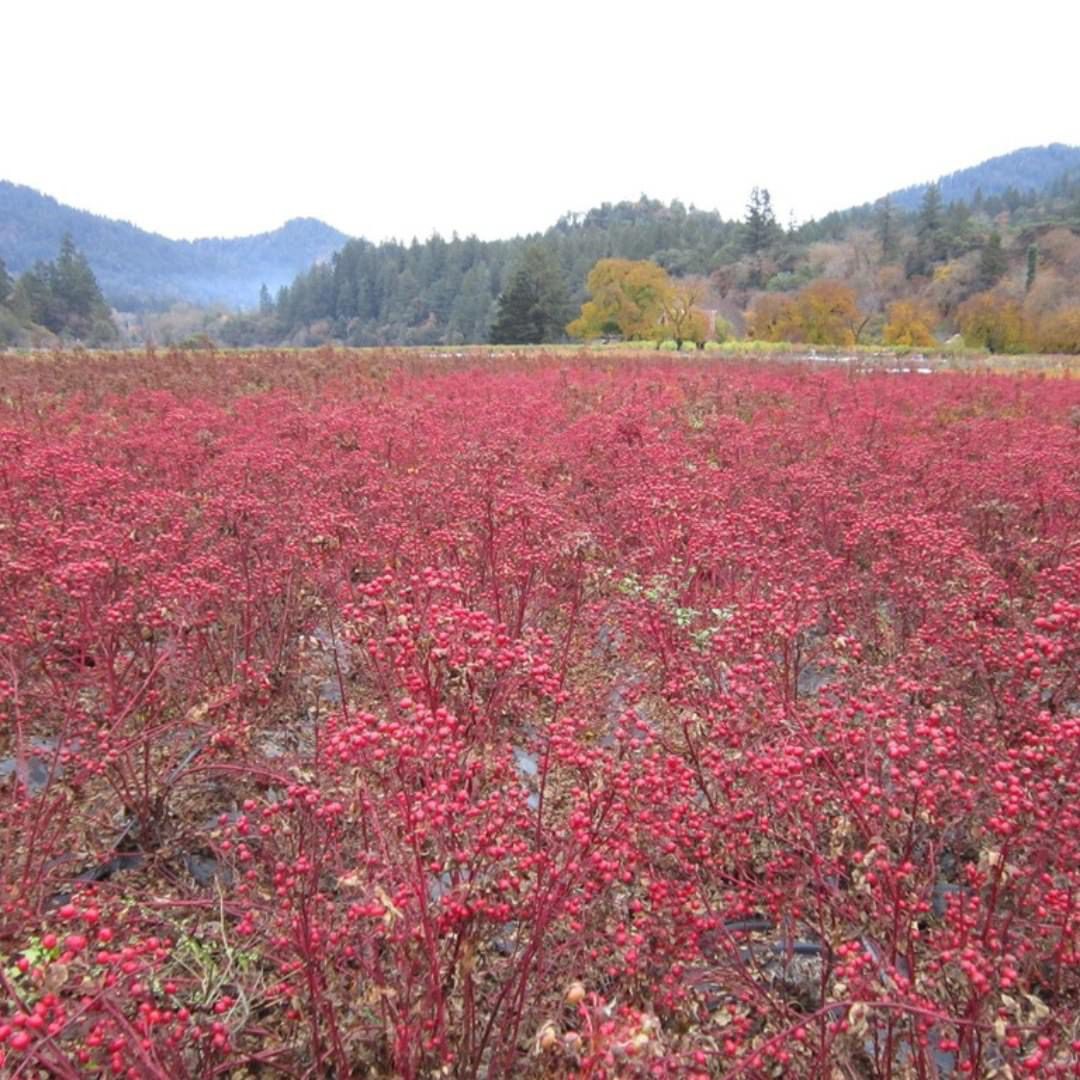 The Environmental Protection Agency is proposing a new rule that could drastically inhibit the ability to protect crops from pests and disease — and the Society of American Florists is on the record noting it is unreasonable and unworkable for growers.
The Environmental Protection Agency is proposing a new rule that could drastically inhibit the ability to protect crops from pests and disease — and the Society of American Florists is on the record noting it is unreasonable and unworkable for growers.
The EPA’s new pilot program imposes new restrictions and mitigation requirements for pesticides despite robust regulations already in place in many states. SAF solicited feedback from growers on a call late last month to assess the potential impact of the proposal. SAF then submitted comments to the EPA outlining grower concerns as part of the Minor Crop Farmer Alliance, a coalition representing specialty crop growers.
“While many growers are accustomed to complying with environmental regulations at the state level, especially in California, these new proposed EPA regulations are more far-reaching than many current state requirements because they are specific to protecting federally endangered and threatened species,” says SAF Senior Lobbyist Joe Bischoff, who has served on the technical advisory committee for these issues for the Minor Crop Farmer Alliance for more than a decade. “Protecting threatened species is vital, but EPA is required to do the necessary assessments to show that these measures will better protect the species environment, and that work has not been done.”
One of the 27 species included in the EPA’s pilot program is a species of freshwater shrimp found in significant portions of coastal California from San Diego to Santa Barbara. Consequently, many floriculture growers will be affected by the new program. In addition, producers in Washington, Oregon, Texas, Florida and other states could be impacted. The EPA’s interactive map shows the areas that are impacted.
In some situations, growers in these areas may be prohibited from making pesticide applications. For farms located within the purple areas on the map, the policy will trigger restrictions and mitigation requirements for every pesticide in two main areas: preventing runoff and erosion, and the timing and method of spray applications.
“Growers do have a role in following label directions to help minimize the potential for harm,” Bischoff says. “However, the EPA has a responsibility to do the analysis to determine if these additional measures are truly necessary to protect vulnerable species.”
SAF will continue a dialogue with the EPA to advocate for grower interests as the pilot program is implemented.
Katie Butler is the senior vice president for the Society of American Florists.
